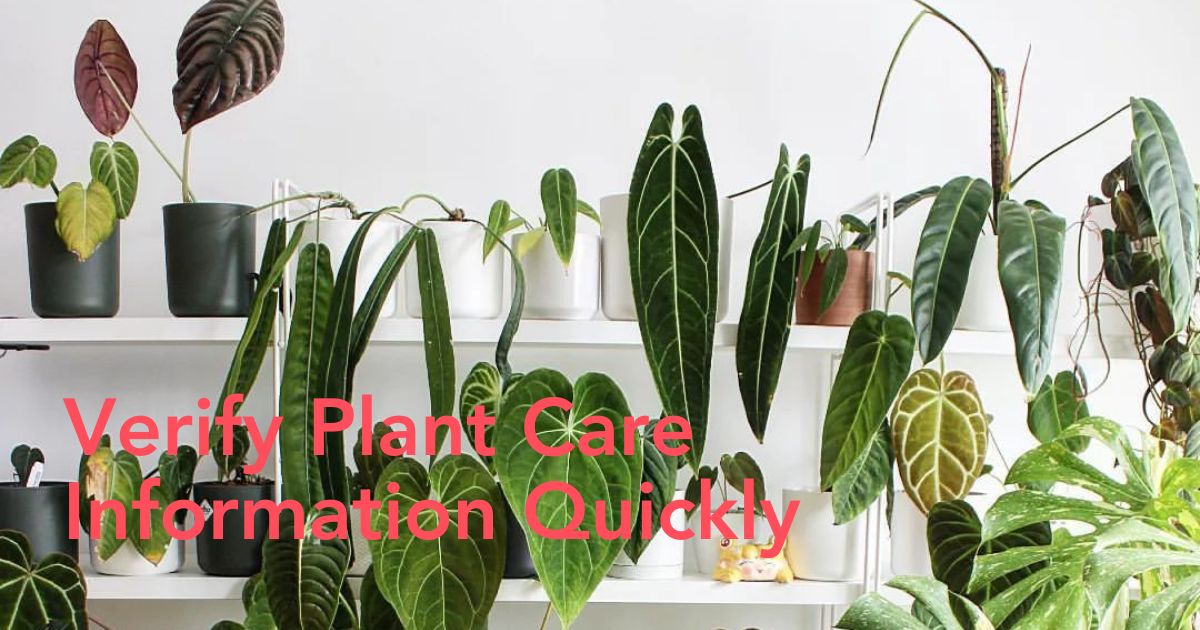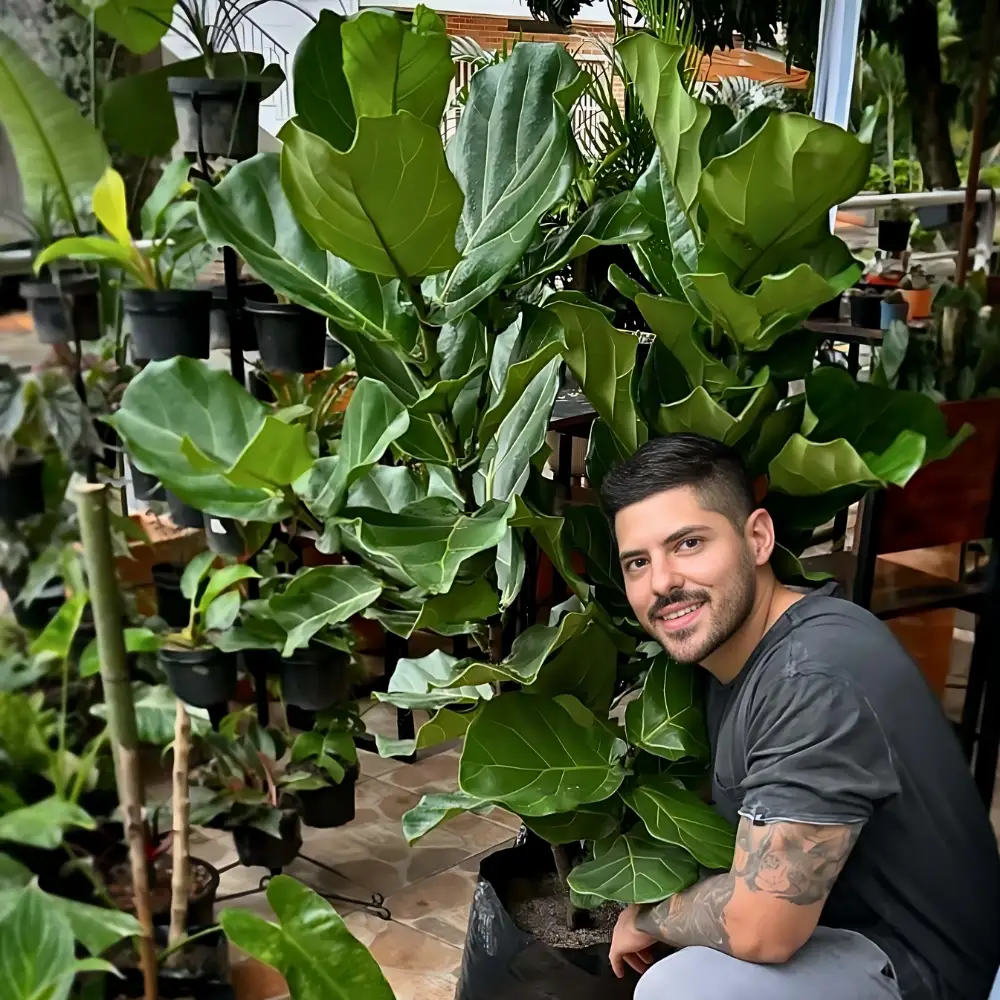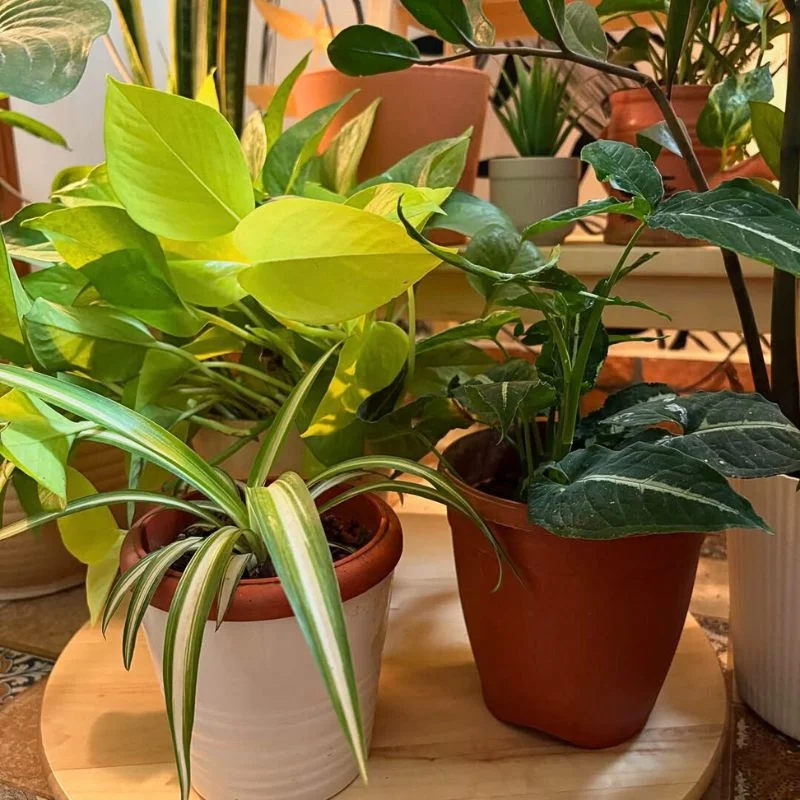Creating detailed plant care guides has never been easier thanks to artificial intelligence. Whether you're a seasoned gardener sharing your knowledge or a beginner trying to learn proper plant care, AI tools are changing how we write and organize plant information. These smart systems help create better guides that are more accurate, complete, and helpful for plant lovers everywhere.
What Makes a Good Plant Care Guide
A complete plant care guide needs several important parts. First, it should have clear information about watering schedules and how much water each plant needs. Next, it must explain light requirements, from low-light plants perfect for dark corners to sun-loving flowers that need direct sunlight all day. You can also read more about Does Looking at Flowers and Plants Really Make You Happier?

Temperature and humidity needs are also crucial. Some plants love warm, humid conditions while others prefer cooler, drier air. The guide should also cover soil types, fertilizer schedules, common problems, and solutions for issues like pests or diseases.
Finally, seasonal care tips help plant owners know what to do throughout the year. All this information can be overwhelming to organize, which is where AI becomes really helpful.
How AI Organizes Plant Information
AI writing tools excel at organizing large amounts of plant information into easy-to-read formats. When you feed basic plant facts into an AI system, it can structure this data into logical sections that make sense to readers.
For example, if you input information about a rose bush, AI can automatically create sections for watering, pruning, fertilizing, and pest control. It puts the most important information first and organizes everything in a way that flows naturally from one topic to the next.
This organization saves writers hours of work. Instead of struggling with how to arrange information, you can focus on making sure the content is accurate and helpful for your readers.
Creating Consistent Care Instructions
One big challenge in writing plant guides is keeping instructions consistent across different plants. AI helps solve this problem by following the same format and style for every plant guide you create.
When writing about watering needs, AI can maintain the same structure whether you're discussing succulents or tropical plants. It might always start with frequency, then discuss amount, and finish with seasonal adjustments. This consistency helps readers know what to expect and makes your guides more professional.
AI also helps maintain consistent vocabulary. If you use the term "well-draining soil" for one plant, AI will use the same term for similar plants instead of mixing different phrases that might confuse readers.
Researching Plant Facts with AI
AI tools can help research and verify plant care information quickly. While you should always double-check facts from reliable sources, AI can provide a good starting point for gathering information about specific plants.

For instance, if you're writing about orchids but need to confirm their light requirements, AI can quickly provide general information that you can then verify against trusted gardening resources. This speeds up the research process significantly.
When using AI for research, it's important to fact-check the information. Plants can have different needs based on their specific variety, and growing conditions can vary by location. Always verify AI-generated information with reputable gardening sources or your own experience.
Making Technical Information Simple
AI excels at taking complex botanical information and making it easier to understand. Scientific plant names, soil chemistry, and growing techniques can be confusing for beginners. AI can help translate this technical information into simple language that anyone can follow.
For example, instead of writing "requires consistently moist but not waterlogged substrate with good drainage," AI might suggest "keep soil damp but not soggy, and make sure water can drain out of the pot." This makes plant care more accessible to new gardeners while still providing accurate information.
Personalizing Care Instructions
Different regions have different growing conditions, and AI can help customize plant care guides for specific locations. A plant that needs daily watering in Arizona might only need water twice a week in humid Florida.
AI can help adjust care instructions based on climate data, helping create more useful guides for readers in different areas. This personalization makes plant care guides more practical and increases the chances that readers will successfully care for their plants.
Creating Seasonal Care Calendars
AI is particularly helpful for creating seasonal plant care schedules. It can organize tasks by month, ensuring that plant owners know exactly what to do and when to do it.
For example, AI might create a spring calendar that includes repotting, fertilizing, and checking for new growth. Summer tasks might focus on watering frequency and pest monitoring, while fall could emphasize preparing plants for winter dormancy.
These calendars help plant owners stay organized and ensure they don't forget important care tasks throughout the year.

Writing Troubleshooting Sections
Every good plant care guide needs a troubleshooting section to help readers solve common problems. AI can help create comprehensive problem-solving guides by organizing symptoms, causes, and solutions in logical ways.
AI might structure troubleshooting sections to start with the most common problems first, such as overwatering or insufficient light. It can then provide step-by-step solutions that are easy to follow, even for beginners.
This systematic approach to problem-solving helps plant owners quickly identify and fix issues before they become serious problems.
Supporting Information with Proper Citations
When creating plant care guides, especially for educational or professional purposes, proper citations become important. Writers often need to reference scientific studies, gardening books, or expert sources to support their recommendations.
Tools like an ai essay detector can help writers properly format their sources when AI helps compile research from multiple places. This is particularly useful when creating guides that reference multiple studies about plant care or when citing information from botanical databases.
Proper citations add credibility to plant care guides and help readers find additional information if they want to learn more about specific topics.
Quality Control and Fact-Checking
While AI is excellent at organizing and writing plant care information, human oversight remains essential. AI might occasionally mix up plant varieties or suggest care instructions that work for one type of plant but not another.
The best approach combines AI efficiency with human expertise. Use AI to create the initial structure and content, then review everything carefully to ensure accuracy. Check that watering schedules make sense, light requirements match the plant's natural habitat, and care instructions are appropriate for the specific plant variety.

Future of AI in Plant Care Writing
As AI technology improves, we can expect even better tools for creating plant care guides. Future AI might be able to access real-time weather data to adjust care recommendations automatically, or it might learn from thousands of successful plant care experiences to provide even better advice.
We might also see AI that can generate care guides based on photos of plants, automatically identifying species and creating customized care instructions. These advances will make it even easier to create accurate, helpful plant care information.
Getting Started with AI Plant Care Writing
If you want to start using AI to create plant care guides, begin with simple projects. Pick a plant you know well and use AI to help organize your knowledge into a clear, structured guide.
Start by listing everything you know about the plant's needs, then let AI help organize this information into logical sections. Review the results carefully and make adjustments based on your experience and knowledge.
Remember that AI is a tool to help you write better, not a replacement for plant knowledge and experience. The best plant care guides combine AI's organizational skills with real gardening expertise and practical experience.
AI is Transforming
AI is transforming how we create plant care guides, making it easier to organize information, maintain consistency, and write clear instructions that help plants thrive. While AI handles the structure and organization, human knowledge and experience ensure the information is accurate and practical.
By combining AI tools with gardening expertise, writers can create comprehensive plant care guides that help more people successfully grow and care for their plants. This technology makes plant knowledge more accessible and helps create a community of more successful gardeners.
Whether you're writing your first plant care guide or your hundredth, AI can help you create better content that truly helps plant lovers care for their green friends. The key is using AI as a helpful assistant while maintaining the human touch that makes plant care guides truly valuable.










